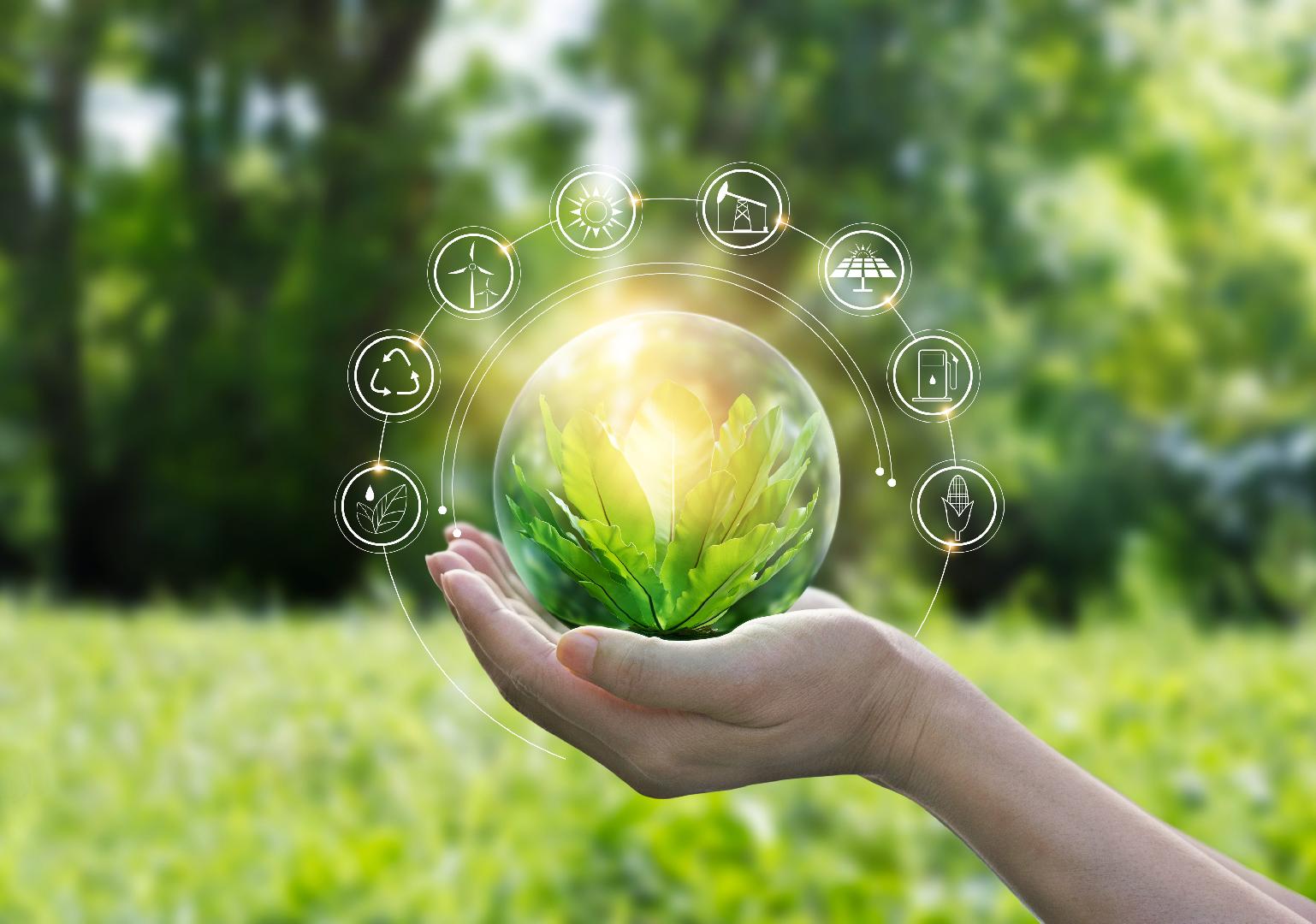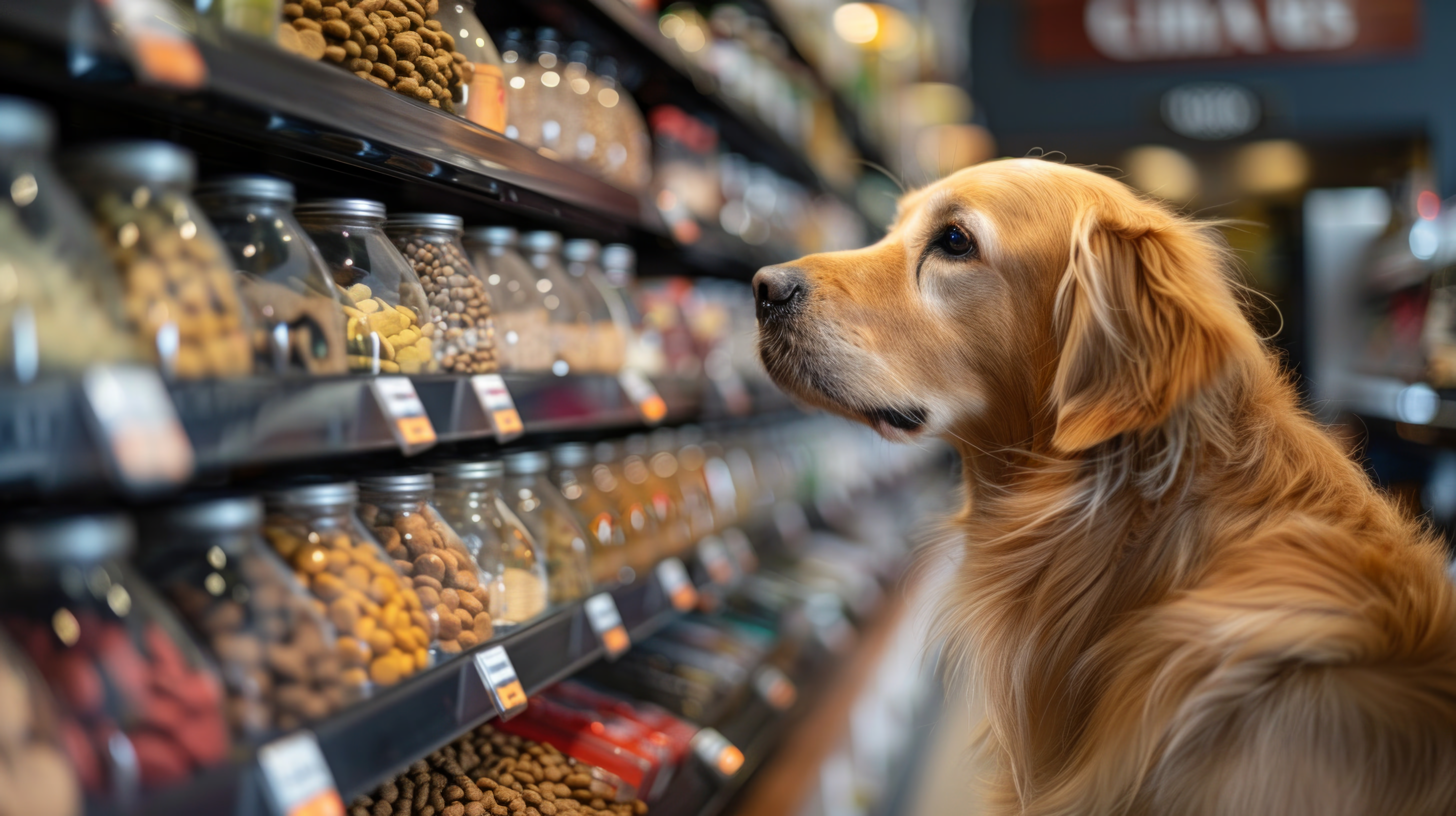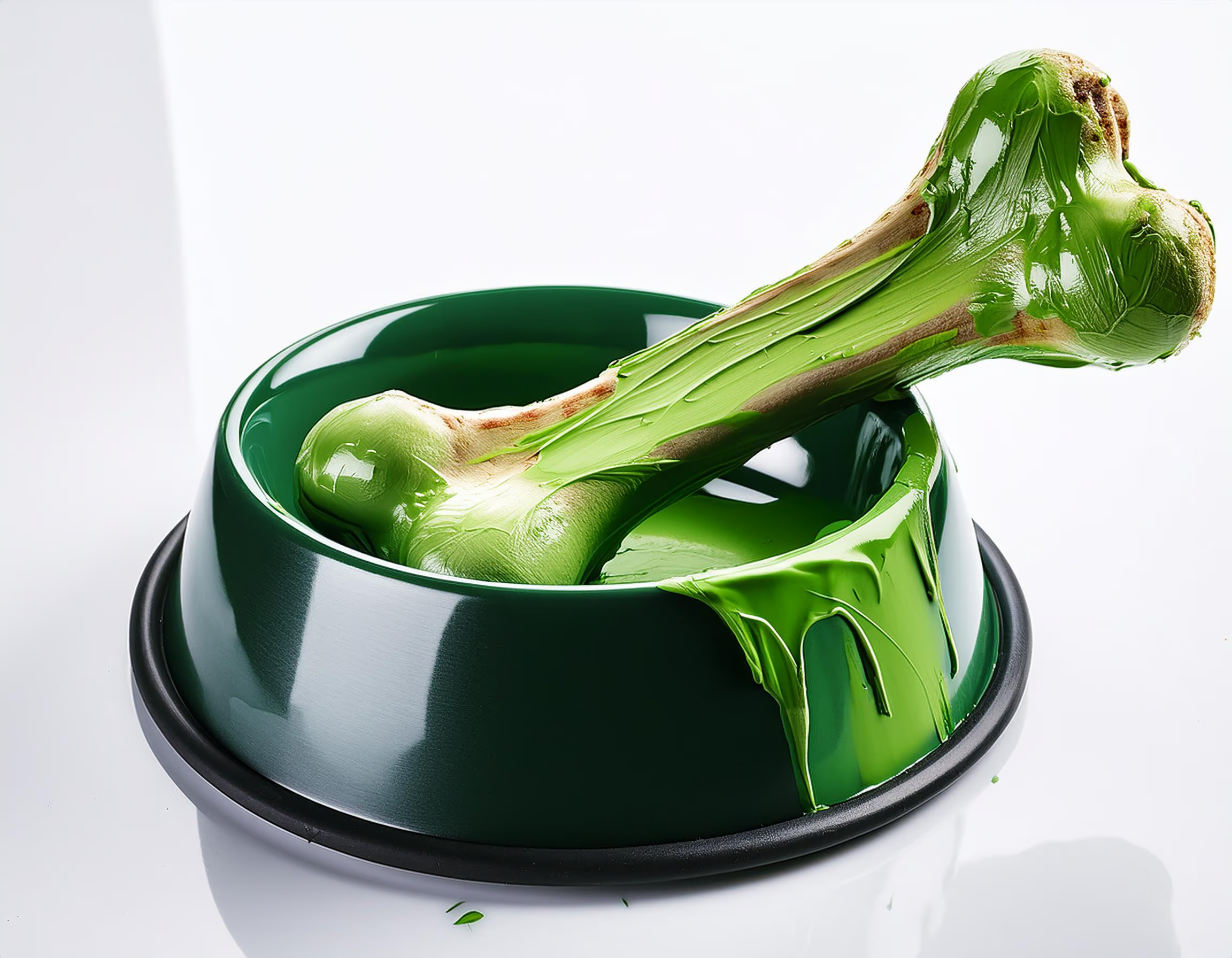A significant increase in pets in households worldwide, together with increased interest and expectations of owners about the quality and variety of products, that is, the trend towards humanization, drives innovation. In this sense, we can say that the motivation for advances in technology and sustainability is the consumer himself.
Without going any further, if we compare the pet food and snack packaging of a decade ago with those of today, we would find significant differences. From the rise of chilled foods or individual-serving packs to greener-packaged big bags, new materials and formats are literally and figuratively revolutionizing the market.
Regulations in Latin America
In the member countries of MERCOSUR (Argentina, Brazil, Paraguay, Uruguay, Venezuela, and Bolivia -in the integration process-) and their associated states (Chile, Colombia, Ecuador, Guyana, Peru, and Suriname), the reuse of plastic materials for contact with food is prohibited by GMC resolution 56/92, except for some future conditions.
In the last 15 years, several factories focused on PET decontamination technologies have emerged in Latin America. In fact, in the MERCOSUR countries, there are already mandatory regulations and standards (and other voluntary ones) related to safety issues of post-consumer recycled PET. These requirements have taken as references to international organizations for risk assessments, regulations, and scientific opinions, the FDA of the United States, and the EFSA of the European Union.
In the region (and in the world), PET is the main post-consumer recycled input, although there has been an interest in expanding the current legislation to other recycled plastics.
The (re)evolution of graphic design, at the service of information
One of the significant improvements of this packaging revolution involves the availability of information. Nowadays, having clear and extensive information is a priority for all consumers and, therefore, it must also be for manufacturers. Whether it's usage information, ingredients, or recycling advice, companies and their design teams focus on treating packaging aesthetics not only as something attractive to stand out from their competitors, but also as a utility in itself: to inform, and with information, provide security to the consumer, and therefore… Sell.
To this day, hundreds of studies and investigations have stated that consumers respond to the visual presentation of a product. Therefore, it is only logical that we are witnessing the implementation of high-quality graphics and design on pet food packaging in first-world countries (such as Germany, the United States, Germany, and Russia).
The visual appeal of packaging extends to aesthetics; today, it has more to do with how products present as a whole. For this very reason, graphic design is a focus of innovation in the industry.
Currently, the driving force behind the pet food category is the differentiation of product presentation on the shelf to visually communicate the premiumization of that specific food (and the industry in general).
Sustainability, the focus of innovation
Indeed, innovation in the pet food industry is disrupting: nutrition, food formulation, ingredients, packaging, and technology, among other aspects. However, we find 3 common points in all of them: sustainability, limited resources use reduction, and pollution and waste reduction.
In this sense, the continuous push for more sustainable packaging is more relevant than ever in the market. At this time, it is imperative to pay attention to how we package the products and the waste the process produces. Undoubtedly, we are already aware (or we should be), at an individual and corporate level, that we have only one planet; and that we must be better stewards of resources and the environment.
The same consumers say that given to choose on equal terms, they prefer brands that work to achieve more sustainable packaging.
Cases of success in packaging innovation: walking towards sustainability
● More reusable packaging and custom-made paper bags are being introduced to the market, which reduces the carbon footprint.
● The global manufacturer Nestlé has partnered with Amcor, a packaging manufacturer, to jointly launch the industry's first flexible and recyclable autoclave bag, a high-barrier container for pet food.
● Another large packaging manufacturer, Mondi, developed in 2020 the BarrierPack Recyclable, a fully recyclable plastic laminate container and qualifies for store delivery labelling.
● Printpack developed Preserve, a line of recyclable packaging for pet food that meets the design standards of How2Recyle, a communication system for ways to recycle packaging. In addition, they are made with post-consumer recycled materials and renewable sources such as corn, sugar cane or trees.
In general terms, the market is experiencing new innovative and sustainable formats for different types of food and snacks, such as flexible stand-up bags. Ther are also seen all kinds of single-portion packaging, both for traditional food and treats (made in the historical human 'cereal bar' format). This, together with sweets in 'bakery'-style cardboard boxes, make up a reflection of the human market.
For its part, following the line of providing information and reducing product waste, we found new options with the possibility of reclosing or sealing the product inside the container to preserve it and transparent places so that the consumer can visually corroborate the state and quality even before you buy it. However, innovative packaging solutions must provide correct aromatic and fat barriers, high-quality conservation, and palletization optimization apart from customer practicality and sustainability.
The prospects for the evolution of packaging are more than interesting. The industry is consolidating its forces in creating more creative, safe, and sustainable packaging that meets the new regulations to preserve the health of animals.
In conclusion, we can say that the pet food packaging industry is seeking to find that long-awaited balance between shelf life, food safety, and environmental impact.
Source: All Pet Food
You could be interested: The Conscious Nutrition Era, or With Science Era, Now in Dogs and Cats
About author
Luciana ChippanoI am Luciana Chippano, I accompany digital business owners in Latin America to grow by boosting their sales with the most powerful tool: communication. I am CEO and founder of the first academy of Copywriting and strategic digital communication in Latin America. And from there I accompany business owners with personalized mentoring, workshops, courses and advanced training to optimize their communication and sell more.
About author
María Candelaria CarbajoI’m a creative, interdisciplinary person, translator, and editor. I collaborate in producing and writing creative, high-impact projects to promote cultural exchange, transmit differential values, and connect with people/the audience. Likewise, I enjoy teamwork and joining forces, experiences, and knowledge to bring the world all the potential of those ideas that seek to impact people’s lives positively.


































